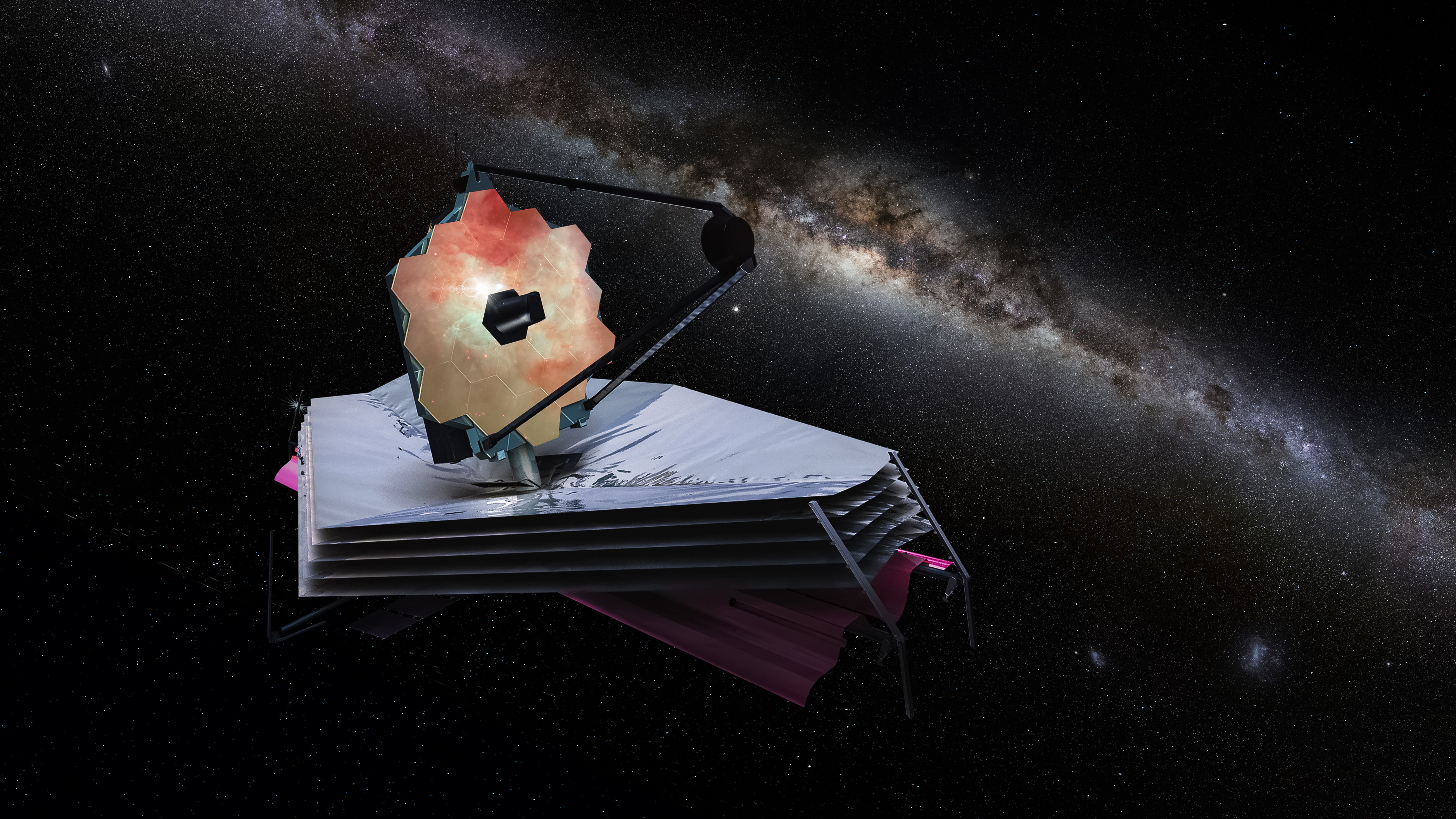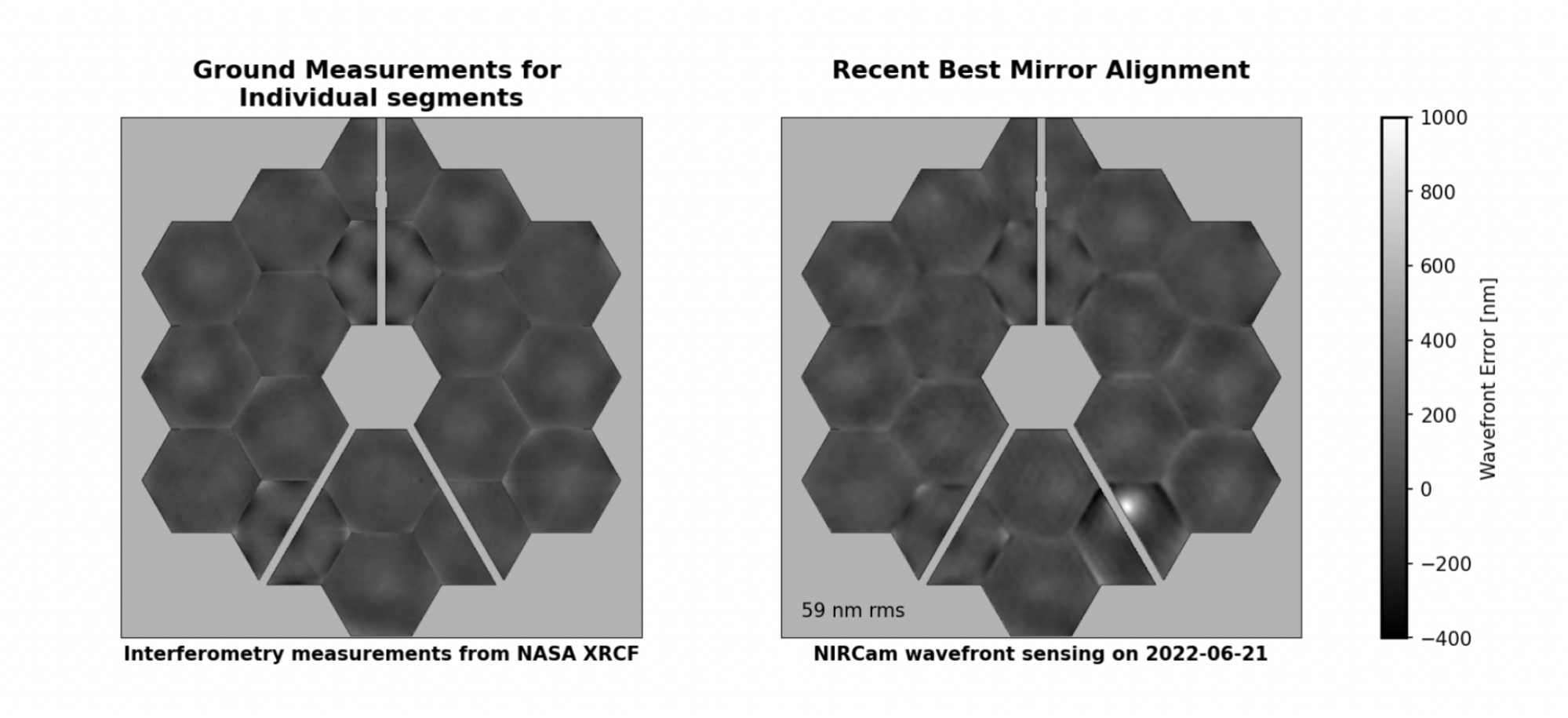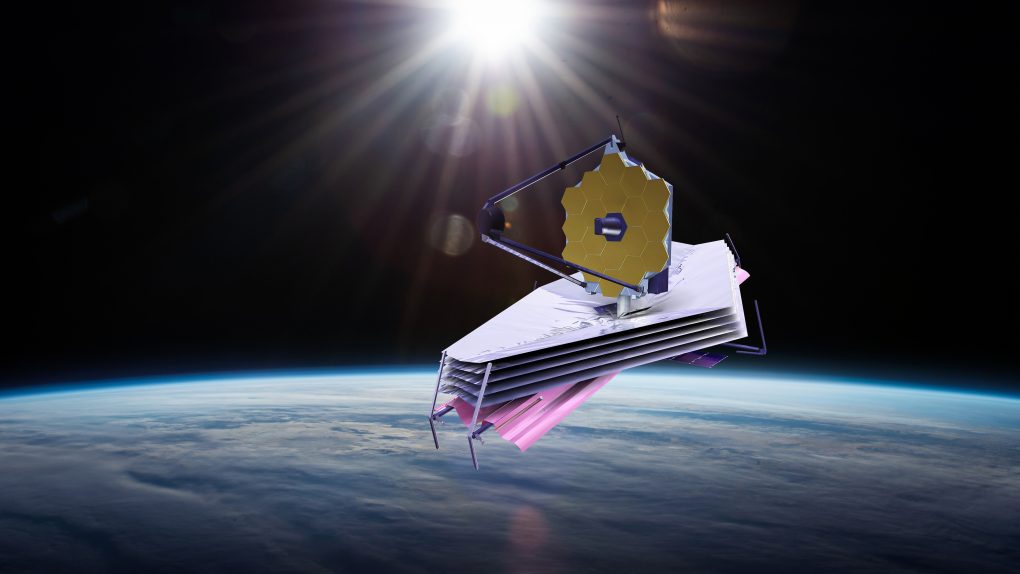Back in May, before it started its scientific missions, the James Webb space telescope was damaged after a micrometeoroid hit it. At the time, NASA said that the telescope hadn’t suffered much damage from it. However, a new 55-page report shows that the James Webb suffered “significant uncorrectable change” from the hit. The damage hasn’t stopped the telescope, but only time will tell if it becomes an issue.

The James Webb space telescope is one of the most ambitious spacecraft that NASA or any space agency has developed. And, because it’s situated over one million miles from Earth, it was important to design something that could withstand space’s various dangers. So, when micrometeoroids hit the James Webb in May, many were curious to see how much damage it had taken.
Thankfully, NASA said the damage wouldn’t interfere with the telescope’s ongoing mission. However, several headlines are now touting data from a new 55-page report that says the James Webb suffered “uncorrectable change.” But is that as bad as it sounds?
How bad is it?

The short answer is no. While the James Webb was damaged by the micrometeoroid, the telescope is still performing beyond expectations. Yes, there are some uncorrectable changes, but those changes aren’t currently causing any problems for the James Webb team. The damage in question only affects one of the telescope’s 18 gold-coated hexagonal mirrors.
That means the James Webb still has 17 mirrors to utilize without damage. And, despite the “uncorrectable change,” NASA says that the telescope is still fully capable of achieving the discoveries it was built to achieve. The report covers the James Webb’s overall performance since it reached its destination.
Over the past several months, the team has tested the instruments to ensure everything is working as intended. And, even with one of James Webb’s mirrors damaged, the space telescope still exceeds NASA’s expectations. Will this damage come back to cause issues in the future? Unfortunately, only time will tell.
For now, though, we have a lot of research to look forward to. The James Webb’s first full-color images have already revealed a ton for scientists to inspect. And the telescope will continue to search for data on the early universe. Plus, we’ll even get closer looks at the black holes that we keep discovering out there. And maybe even more information about the black hole at the center of our own galaxy.








